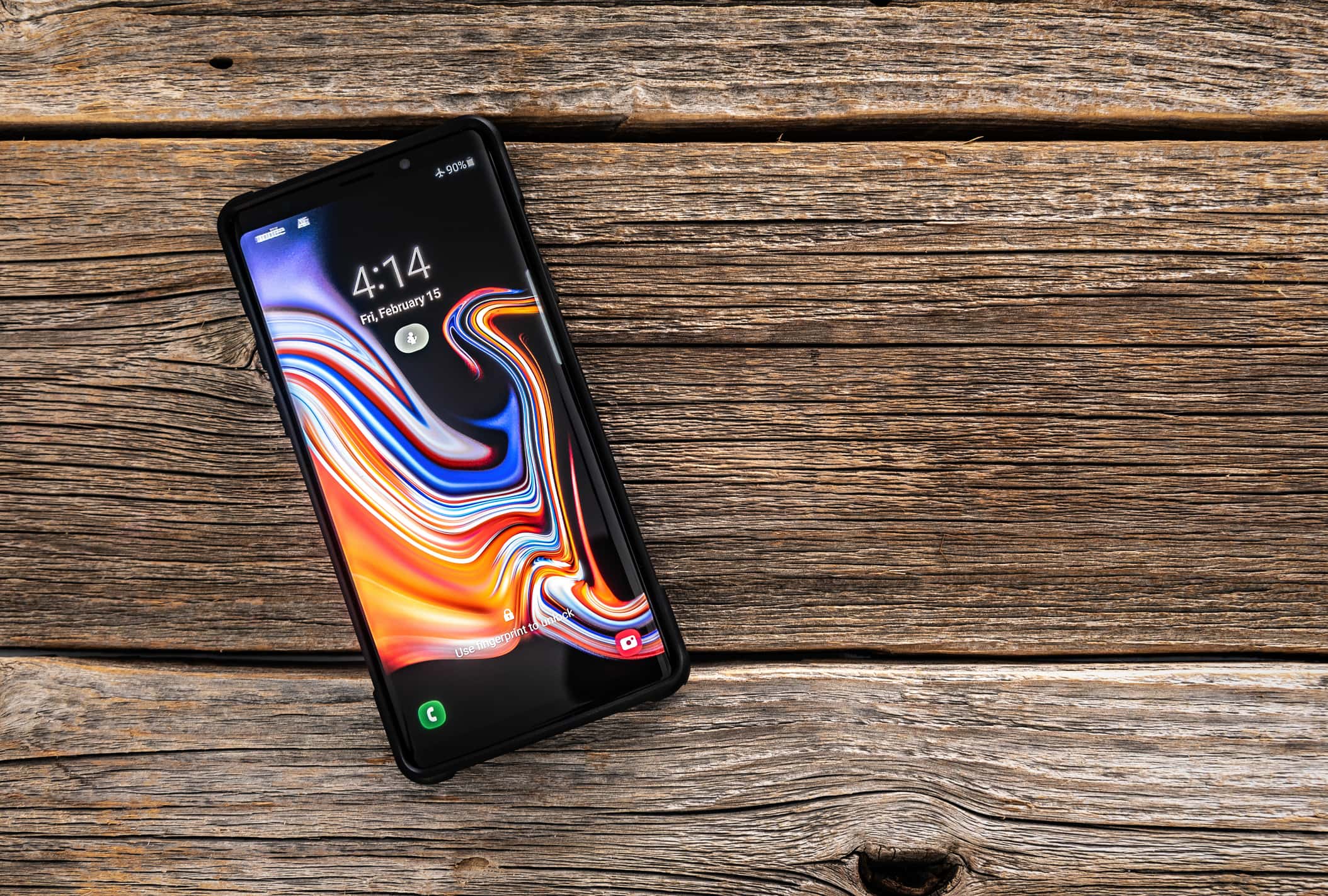Ever found yourself jabbing repeatedly at a tiny button on your phone screen, muttering under your breath as you hit everything but your intended target? Or perhaps you've performed an impressive thumb-stretching manoeuvre worthy of an Olympic gymnast, just to reach that essential menu button lurking in the far corner? We've all been there, and as mobile app designers, we've spent the past eight years watching thousands of users battle with these exact frustrations.
Here at Glance, we'll let you in on a secret: designing touch interfaces that actually work isn't just about making things "look nice" – it's about understanding the remarkable relationship between human fingers and digital interfaces. So, let's dive into what makes truly touch-friendly designs work, and how we can create interfaces that feel like they're reading your mind (in a good way, not a creepy way).
The Science Behind Your Fingertips
Think about this: your fingertip might seem like a rather crude pointing device compared to a precise mouse cursor, but it's actually an engineering marvel. Those distinctive ridges and whorls aren't just for CSI-worthy fingerprints – they're part of an incredibly sophisticated touch-sensing system that can detect the slightest variations in pressure and texture.
But here's the rub (pun intended): the average human fingertip needs a touch target of about 44-57 pixels to reliably hit what it's aiming for. Why? Because while your brain might know exactly where it wants to tap, your finger creates what we affectionately call a "contact patch" – rather like a tiny fingerprint-shaped blob of uncertainty on your screen.
What's particularly fascinating is how we actually hold our phones. During our research studies, we've observed that people constantly shift their grip depending on what they're doing. One minute they're casually scrolling with a relaxed palm grip, the next they're performing finger gymnastics to reach a distant button while balancing a coffee cup in their other hand. This constant dance of device grips creates what we call "thumb reach zones" – areas of the screen that are easy, possible, or downright uncomfortable to reach.
Getting Touchy With Design: What Actually Works
Let's talk about size – and yes, in this case, it really does matter. Remember that 44-57 pixel sweet spot we mentioned? That's just the starting point. WhatsApp's development team learned this lesson the hard way with their send button. In early versions, users would frequently hit the attachment button instead of send, leading to countless moments of "Sorry, didn't mean to send you my entire photo library." The solution? Not just making the button bigger, but understanding the context of how people use it.
Think of touch targets like personal space in a lift (elevator, for our American friends) – everyone needs their bubble. When interactive elements are cramped together, we get what we call "fat finger syndrome" – that frustrating moment when your finger accidentally triggers the wrong action because buttons are playing sardines on your screen.
Instagram's story interface offers a brilliant example of this evolution. Watch how they've gradually refined their touch targets over the years. The story navigation isn't just about tapping left or right anymore – it's about understanding how people naturally hold their phones while watching stories, often one-handed while slouching on the sofa. The large tap zones on either side of the screen work because they match natural thumb movement patterns, not because they look pretty in a design portfolio.
Common Touch Interface Nightmares (And How to Fix Them)
Let's address the elephant in the room: accidental taps. We've all been there – you're scrolling through an article when suddenly you've purchased a premium subscription because an ad popped up at just the wrong moment. This isn't just annoying; it's poor design. The solution isn't always throwing up an "Are you sure?" dialogue (though sometimes that's appropriate). Instead, it's about smart placement of critical buttons and understanding user intent.
The precision problem is another interesting challenge. Remember Apple's magnifying glass for text selection? That wasn't just a fancy feature – it was a sophisticated solution to a real problem. When you're trying to edit text on a touch screen, your finger literally blocks your view of what you're trying to select. The magnifying glass wasn't just clever; it was necessary.
And let's talk about thumb strain – the silent app killer that nobody discusses at parties (though maybe we should – we're great fun at social gatherings, honestly). Ever notice how your thumb starts to ache after extended periods of use? That's because some apps force users to repeatedly stretch to reach commonly used controls. The solution? Dynamic interfaces that adapt to hand position. For example, some of our most successful designs include subtle shifts in interface layout based on how the user last interacted with the screen.
Practical Touch-Friendly Design: Beyond Theory
When we're designing touch interfaces at Glance, we follow a simple philosophy: if it feels awkward in testing, it'll feel impossible in real life. That's why we test our designs with people doing real tasks in real situations – walking, riding buses, lying in bed (where a surprising amount of mobile interaction happens).
Gestures are another fascinating aspect of touch design. While swipes and pinch-to-zoom have become second nature to most users, introducing new gesture controls is like teaching a cat to swim – possible, but requiring careful consideration and plenty of patience. The key is making gestures discoverable without overwhelming users. Think of it like teaching someone to dance – you start with the basic steps before moving on to the fancy moves.
Measuring Success: Beyond the Tap
How do we know when we've got it right? When users stop noticing the interface altogether. The best touch interfaces are like good football referees – they do their job so well you hardly notice they're there. We've seen error rates drop by up to 37% simply by optimising touch targets and adjusting layouts to match natural hand positions.
At Glance, we've helped hundreds of companies refine their touch interfaces over the years, but our proudest moments aren't when clients praise our designs – they're when users stop mentioning the interface altogether and just talk about how much they enjoy using the app.
The Bottom Line
Creating touch-friendly interfaces isn't rocket science, but it is human science. It's about understanding how real people interact with their devices in the real world, with all its distractions, coffee cups, and awkward positions. Whether you're designing your first app or refining an existing interface, remember: your users' fingers are incredible instruments of interaction – design with them, not against them.
Got questions about touch interface design? We'd love to hear about your experiences and challenges. After all, every finger is unique, and every user interaction teaches us something new about creating better digital experiences.
Share this
Subscribe To Our Blog
You May Also Like
These Related Stories

Four Essential Android UI Design Tools for App Designers

Enterprise UX Design vs. Startup UX Design: A Difference?





